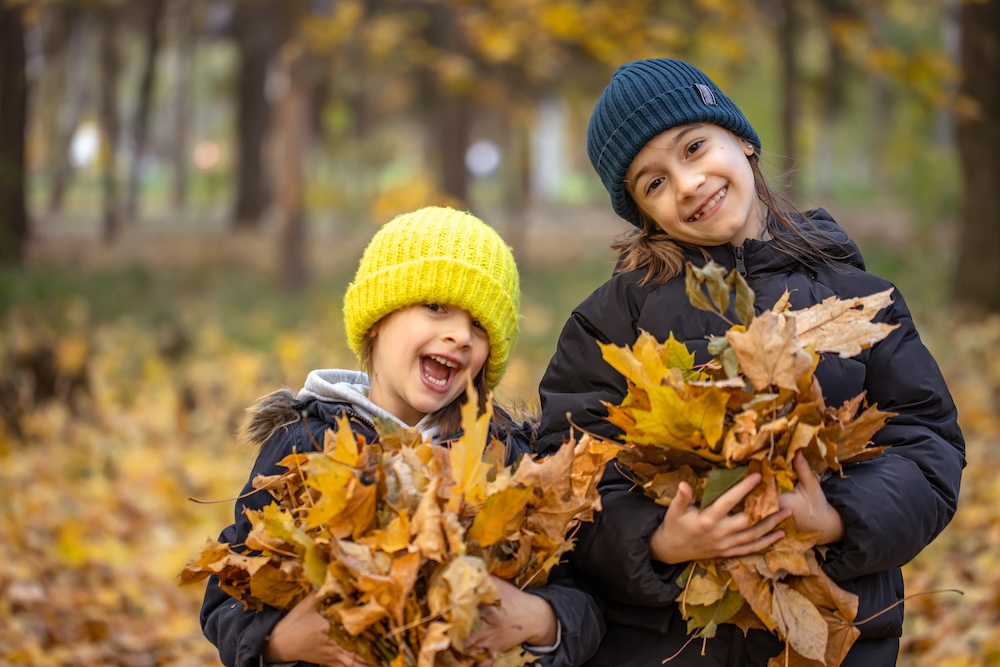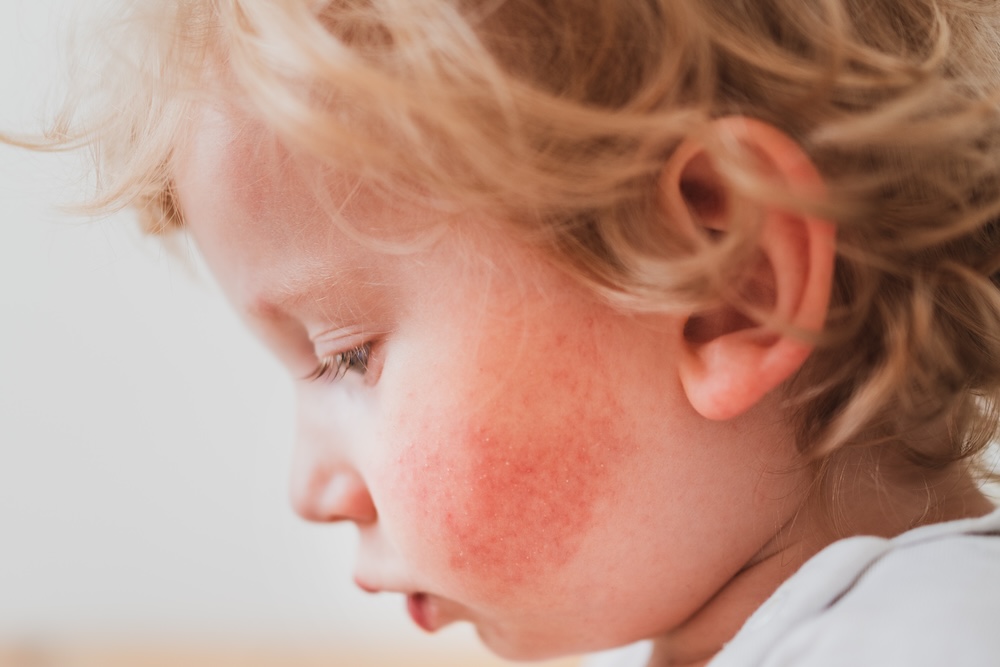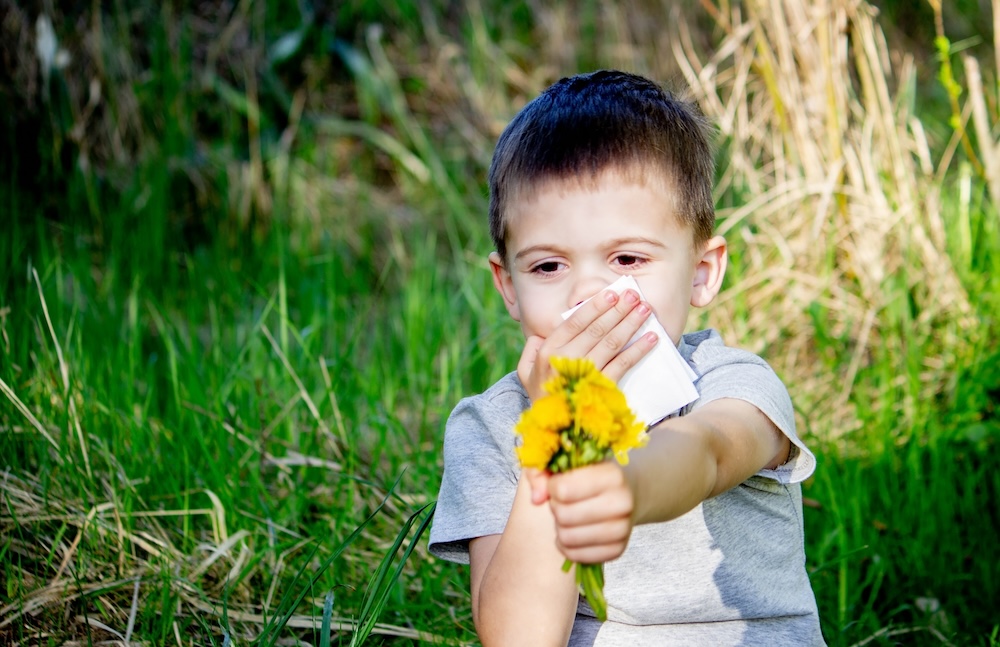It’s that time when it’s common to hear sniffles and coughs across the neighborhood! The fall season brings both viruses and allergies, and distinguishing between the two can feel tricky. But knowing the difference can help you take care of your child and ease their discomfort. In this blog, we share how to spot the differences between allergies and a cold.
Colds are viral infections that children often pick up at school or just about anywhere! With a typical cold, your child may experience a stuffy or runny nose, cough, sore throat, possibly a fever, and aches. These symptoms often begin gradually, peak within a few days, and then improve over one to two weeks. The mucus may become thick or yellowish as the body fights the virus. In contrast, allergies are the body’s response to an environmental trigger, like pollen from trees, grass, weeds, mold spores, or indoor irritants such as pet dander and dust mites. Unlike colds, allergy symptoms often start suddenly, linger for several weeks (or as long as exposure continues), do not typically include a fever, and are less likely to cause body aches. Children with allergies might have a clear, watery nasal discharge, frequent sneezing (sometimes in rapid bursts), itchy or watery eyes, itchy nose or throat, and sometimes a dry cough from post-nasal drip.
One of the most helpful clues to determining whether your child has allergies or the cold is how long the symptoms last and how they progress. A viral cold is usually short-lived. The symptoms begin, worsen a bit, and then improve in about 5 to 14 days. Allergies, on the other hand, often stay longer, commonly three weeks or more, if the child remains exposed to the allergen. If your child’s nose has been stuffy for weeks and they’re still playful, eating well, and comfortable otherwise, they likely have allergies.
Knowing whether your child has a cold or allergies matters for home care and whether your child can safely go to school or daycare. A cold is contagious, so children need to stay home until they’re fever-free (24 hours without fever-reducing medicine) and feeling up to being around others. Allergies, however, are not contagious. Recognizing allergy symptoms early means you can start routines for cleaning the air at home, steps to avoid allergens, and possibly medications recommended by the pediatrician.
For colds, the focus is on keeping your child comfortable, which means making sure they get good rest and plenty of fluids. It’s also important to manage their fever or aches if present. Antibiotics aren’t needed unless an ear or another bacterial infection develops. For allergies, you can help reduce triggers by keeping windows closed during high-pollen periods, using an air filter, teaching your child to wash their hands and face when returning indoors, and discussing with your pediatrician whether an antihistamine or nasal spray should be used. If symptoms persist or interfere with sleep or daily life, a referral to an allergy specialist might be helpful.
If your child has a fever above 102°F, persistent cough or wheeze, ear pain, or symptoms that continue to worsen or don’t improve in 10-14 days, please call our office. Also, if you suspect allergies and over-the-counter approaches aren’t enough, especially if symptoms affect your child’s sleep or ability to concentrate, please contact us. Our pediatrician can help determine whether testing, medications, or specialist care is needed.



